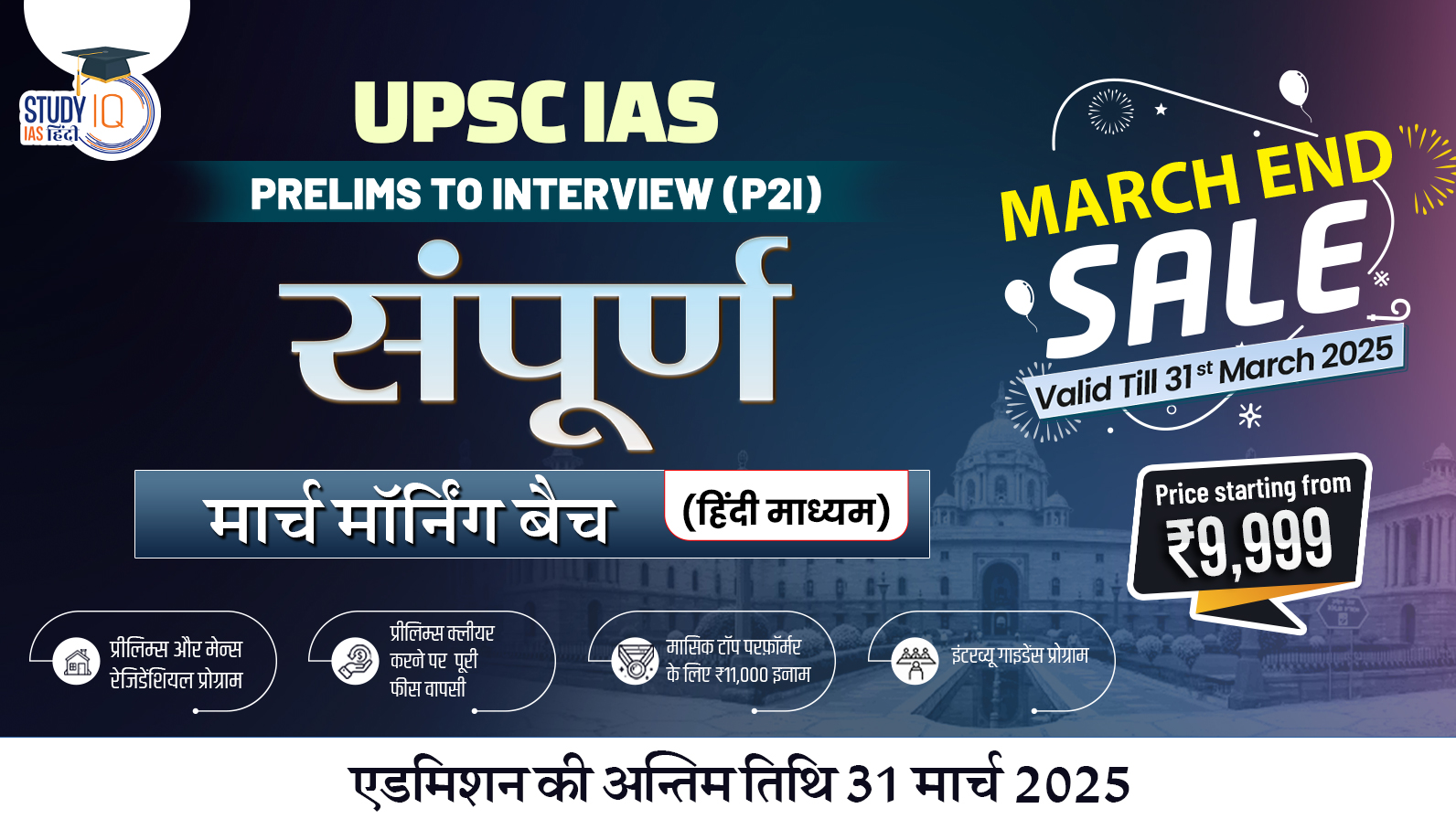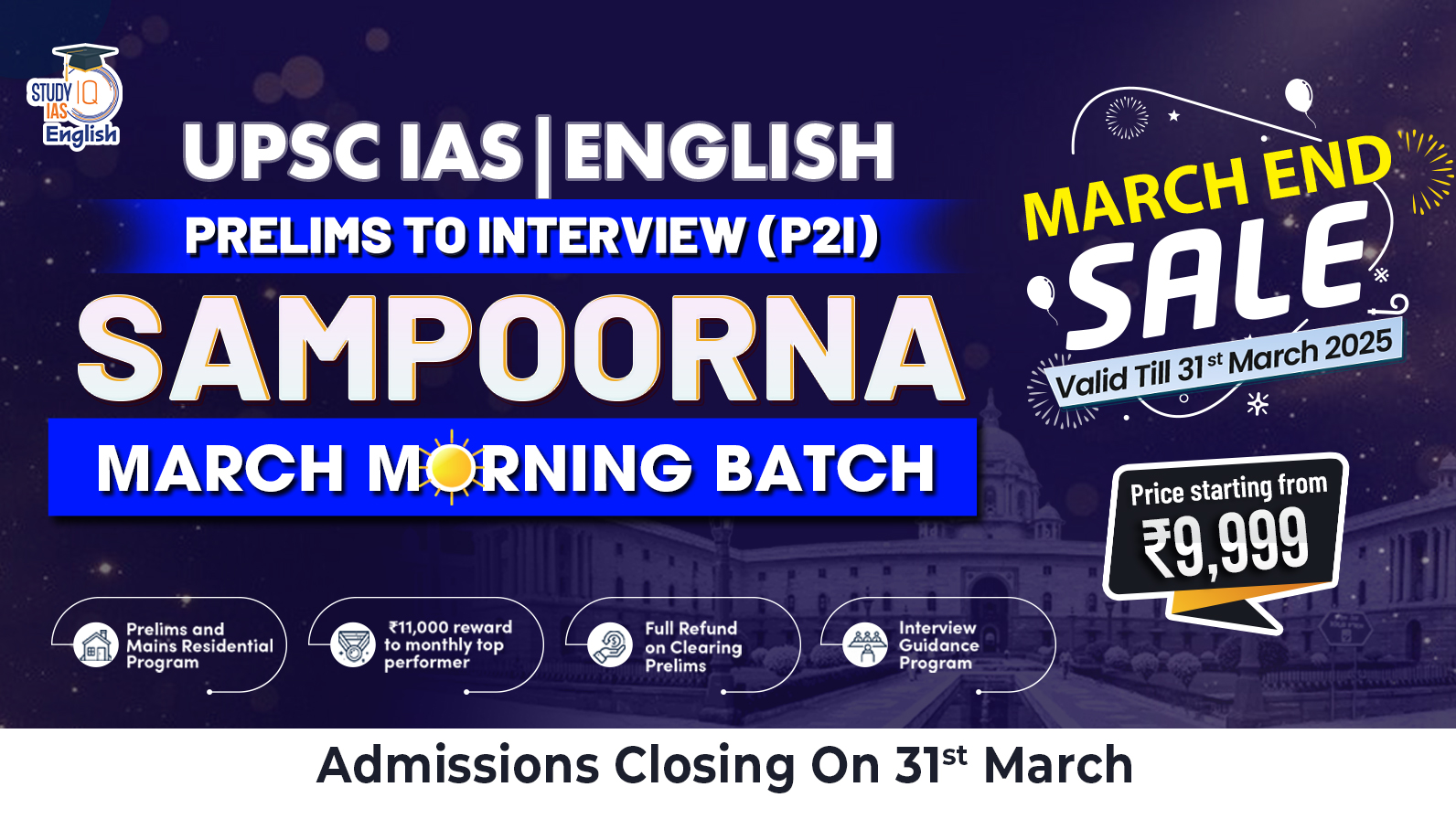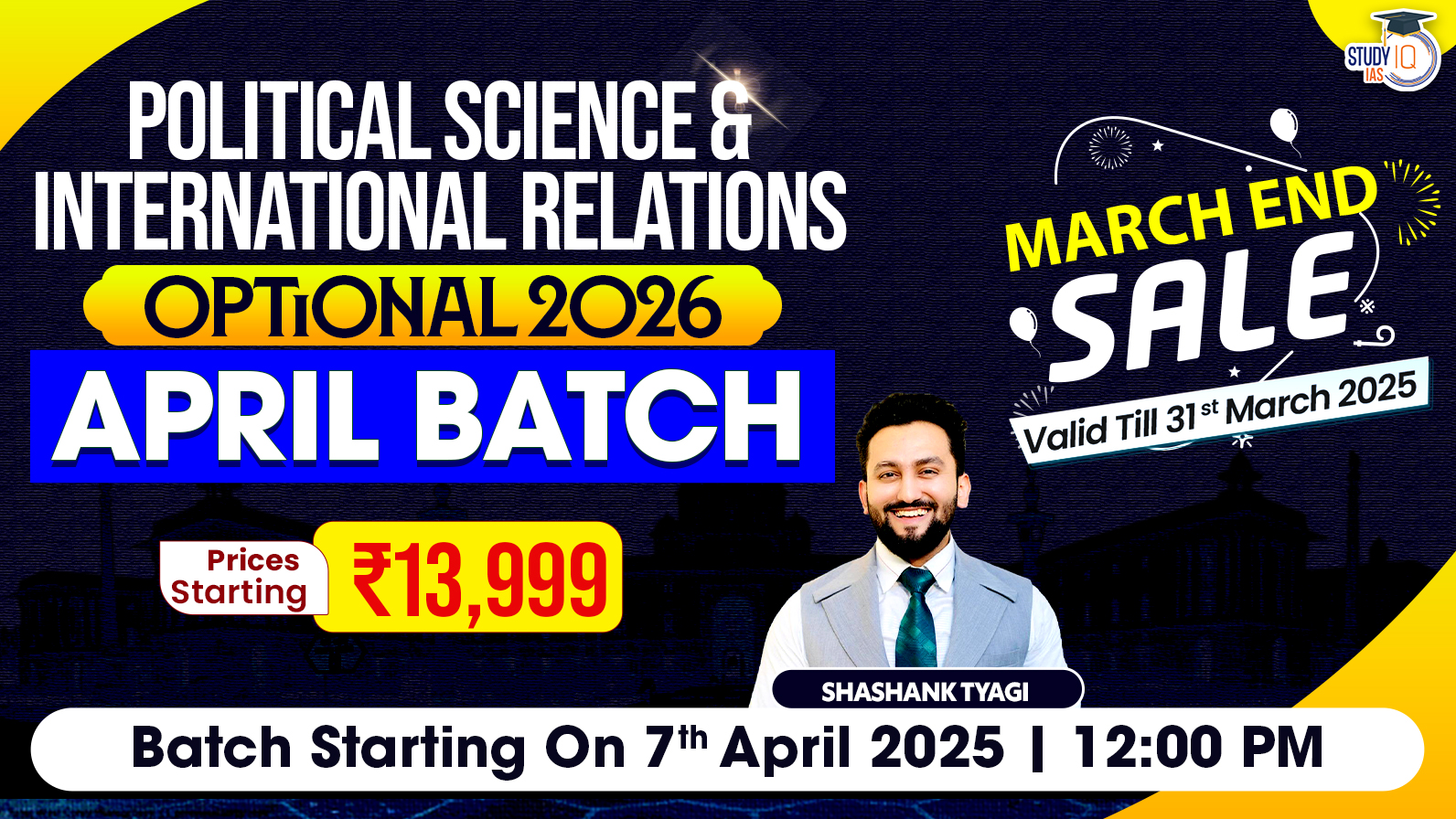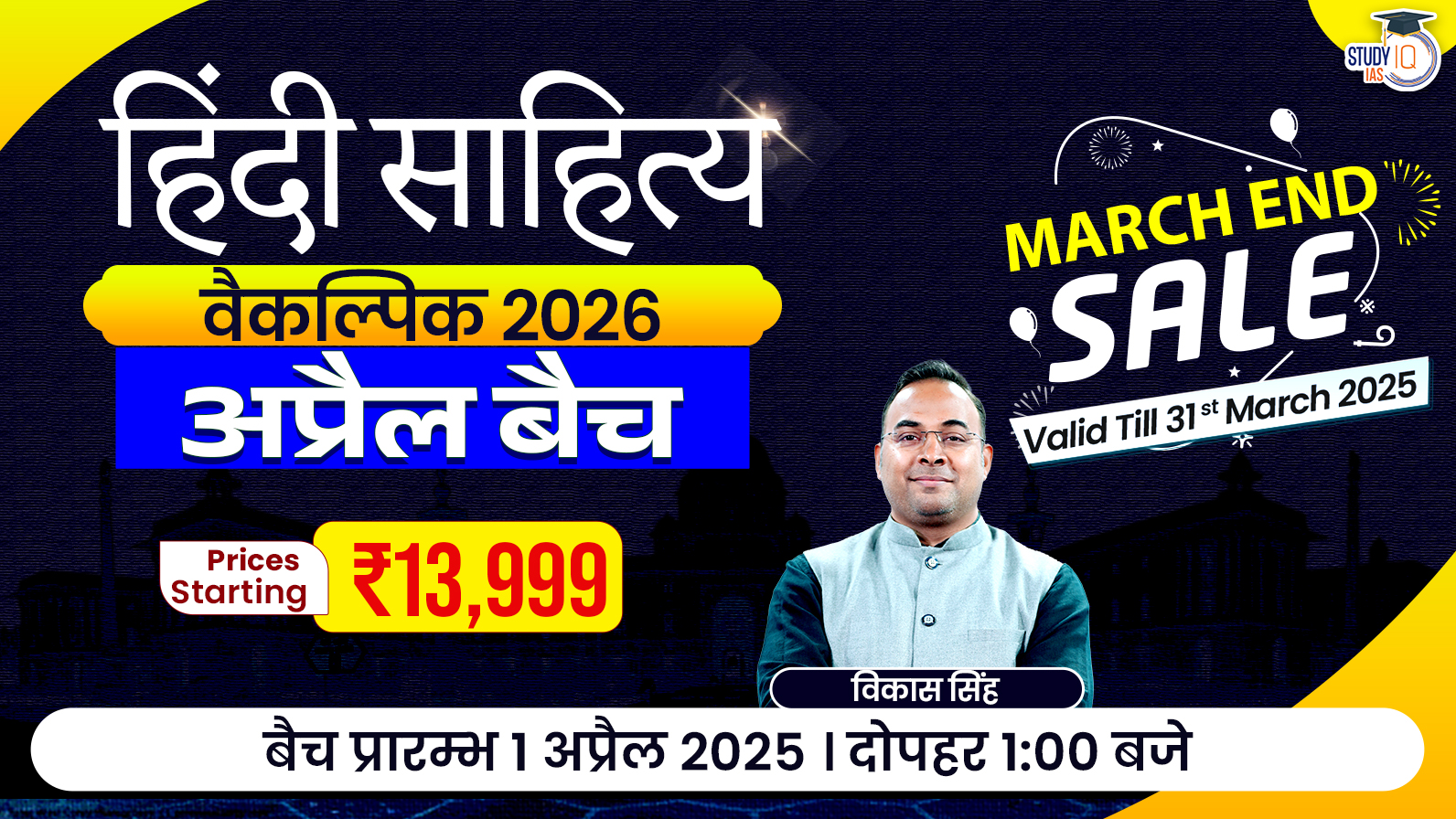Table of Contents
The Government of India’s lateral entry scheme, aimed at recruiting private sector specialists into senior and mid-level bureaucratic positions, is undergoing a significant overhaul and is unlikely to be reintroduced soon. Since its inception in 2018, the scheme has facilitated 63 appointments at the joint secretary, director, and deputy secretary levels across various government departments. However, it has faced criticism for not attracting the desired talent and for the absence of reservations.
Why Lateral Entry Scheme Failed?
Center asks UPSC to Cancel Lateral Entry in Bureaucracy for 45 Posts
The Union Public Service Commission (UPSC) had withdrawn its advertisement pertaining to lateral recruitment for 45 posts of Joint Secretaries (JS), Directors and Deputy Secretaries (DS) in the government.
Cancellation of UPSC Lateral Recruitment for 45 Posts
What is Meant By Lateral Entry?
- Definition: Lateral entry involves appointing professionals from outside the government to mid-level and senior roles. The goal is to introduce specialised expertise and fresh perspectives to improve governance.
- Contract Duration: Lateral entrants are typically appointed on a 3-year contract, which can be extended up to a maximum of 5 years.
- Origin and Development: The concept of lateral entry was introduced between 2004-09 and received strong support from the Second Administrative Reforms Commission (ARC) established in 2005.
- In 2017, NITI Aayog recommended lateral entry in its 3-year Action Agenda, and the Sectoral Group of Secretaries (SGoS) on Governance advocated for it to introduce expertise and fresh insights at the central government’s middle and senior management levels.
- Eligibility Criteria: Eligible candidates include those with proven domain expertise and experience from the private sector, state governments, autonomous bodies, or public sector undertakings.
- The selection process prioritises professional achievements and subject matter expertise.
- Reservation Policy in Lateral Entry: Lateral entry positions are excluded from the reservation system due to the “13-point roster” policy, which does not apply to single posts.
- As each lateral entry role is treated as an individual position, reservation guidelines are not followed, resulting in no specific quotas for SC, ST, OBC, or EWS candidates.
| Recommendations from Expert Groups/Committees on Lateral Entry |
|
Lateral Entry Issue in Bureaucracy
- The UPSC’s advertisement for lateral entry stoked criticism and concerns, both within the ruling coalition and outside it.
- The main issue was the designation of these 45 positions as specialised, similar to single-cadre posts, which was perceived as bypassing the reservation system.
- The rollback of this decision is seen in the context of the recent general election where the BJP-led NDA’s losses were attributed to perceptions that the government was trying to dilute constitutional commitments to social justice.
Merit vs. Social Justice
- Lateral entry is desirable for addressing state capacities and governance complexities.
- It has been historically supported by bodies like the Second Administrative Reforms Commission (2005) and the Niti Aayog (2017).
- The core problem arises when merit and expertise are seen as being at odds with social justice and equality.
- These should not be seen as antagonistic but rather as complementary.
Judicial and Political Perspective
- The Supreme Court has clarified that quotas for SCs and STs are crucial for ensuring social goods like equality and inclusivity, suggesting that the tension should not be between haves and have-nots, but between merit and distributive justice.
- The government’s retreat on this matter is seen as a nod to the new realities in Parliament, where the need to listen to the stronger Opposition has become more pronounced.
| Facts |
|
| Understanding the 13-Point Formula |
|
Second Administrative Reforms Commission (ARC) (2005)
- The commission aimed to improve the effectiveness, transparency, and citizen-friendliness of the Indian administrative system.
- In its 10th Report, the ARC highlighted the importance of lateral entry into higher government positions to bring in specialised knowledge and skills lacking within traditional civil services.
- It suggested recruiting professionals from the private sector, academia, and public sector undertakings for short-term or contractual roles.
- The ARC recommended a transparent, merit-based selection process for lateral entrants while ensuring the integrity of the civil service.
Ensuring Social Justice in Bureaucracy
- SC/ST officers currently hold only 4% and 4.9% of top bureaucratic positions, such as joint secretaries, directors, and deputy secretaries.
- A proposal has been made to replace age-based retirement with a fixed tenure system to provide equal opportunities for all officers to reach senior roles.
- The fixed tenure system would offer a 35-year service period for all civil servants, regardless of entry age, ensuring a focus on merit rather than age.
- The current age-based criteria for the civil services examination disadvantage SC/ST and PwBD candidates, as late entry and mandatory retirement often prevent them from reaching top positions.
Support for the Lateral Entry Scheme in Civil Services
- In the past, the 6th pay commission and 2nd Administrative Reforms Commission (ARC), Surinder Nath Committee (2003), and the Hota Committee (2004) have supported the idea.
- Bringing in Specialised Expertise: Lateral entry allows the government to bring in specialists with deep knowledge in areas like technology, management, and finance, addressing gaps that may exist among generalist civil servants as governance challenges become more complex.
- Filling Resource Gaps: With a reported shortage of around 1500 IAS officers, lateral entry provides a way to supplement the existing workforce with skilled professionals.
- Driving Innovation and Reforms: Professionals from the private sector, NGOs, and other organisations contribute fresh perspectives that can drive reforms and improve administrative processes within the government.
- Transforming Government Work Culture: Lateral entrants can help shift the work culture in government, moving away from issues like red-tapism, rigid adherence to rules, and resistance to change.
- Enhancing Participatory Governance: By involving experts from various sectors, lateral entry makes governance more inclusive, enabling a broader range of stakeholders to participate in the governance process.
- Global Benchmarking: Internationally, it is common for specialists from the private sector, academia, and other fields to temporarily join government services to provide their expertise.
- This practice helps in enhancing the effectiveness of governance and policy-making, suggesting that India could benefit from adopting similar practices.
Critiques of the Lateral Entry Scheme in Civil Services
- Concerns Over Short Tenure: A 3-year tenure may not be enough for lateral entrants to fully understand and navigate the complexities of government systems and make meaningful contributions.
- Maintaining Impartiality and Objectivity: Bringing in individuals from diverse backgrounds, especially those with ties to private companies or interest groups, could challenge the impartiality and neutrality expected in public service.
- Impact on Morale of Career Bureaucrats: The growing number of lateral entrants might create divisions between them and permanent officers, potentially affecting the morale of long-serving civil servants.
- Risk to Merit-Based Recruitment: Lateral entry could potentially weaken the merit-based recruitment foundation of civil services, especially if the selection process lacks transparency and is perceived as biased.
- Resistance from Traditional Bureaucracy: Existing bureaucrats may view lateral entrants as outsiders, leading to resistance and concerns about disruptions to established hierarchies and processes.
- Challenges in Experience Requirements: IAS officers typically reach the joint secretary level after 17 years of service, usually by age 45.
- Applying similar experience criteria to lateral entrants could discourage top private sector professionals, who may have already reached career peaks by that age.
Way Forward
- To prevent the potential misuse of lateral entry as a means for politically-aligned individuals to gain positions, there is a need for the formation of a “Central Civil Services Authority.“
- This autonomous body would be responsible for independently overseeing the recruitment process, ensuring transparency and fairness.
- Additionally, introducing a competitive examination for lateral entry, along with rigorous checks and balances, is essential to ensure that individuals with true integrity and honesty are selected for key government positions.
- Civil servants should be encouraged to gain experience in various sectors through short-term assignments which would help broaden their skills and improve their morale and productivity.
- Therefore, facilitating lateral exits is just as crucial as implementing lateral entries.
- While implementing lateral entry, it is crucial to ensure that it does not bypass the social justice objectives of the existing reservation system.
- To prepare potential candidates from underrepresented communities for lateral entry roles, there should be a significant investment in education and professional training.
- This includes improving the quality of education in government-run universities and creating opportunities for professional advancement in the private sector.
- The recruitment process for lateral entry should prioritise merit and competence, ensuring that all candidates are assessed on their ability to contribute effectively to governance.

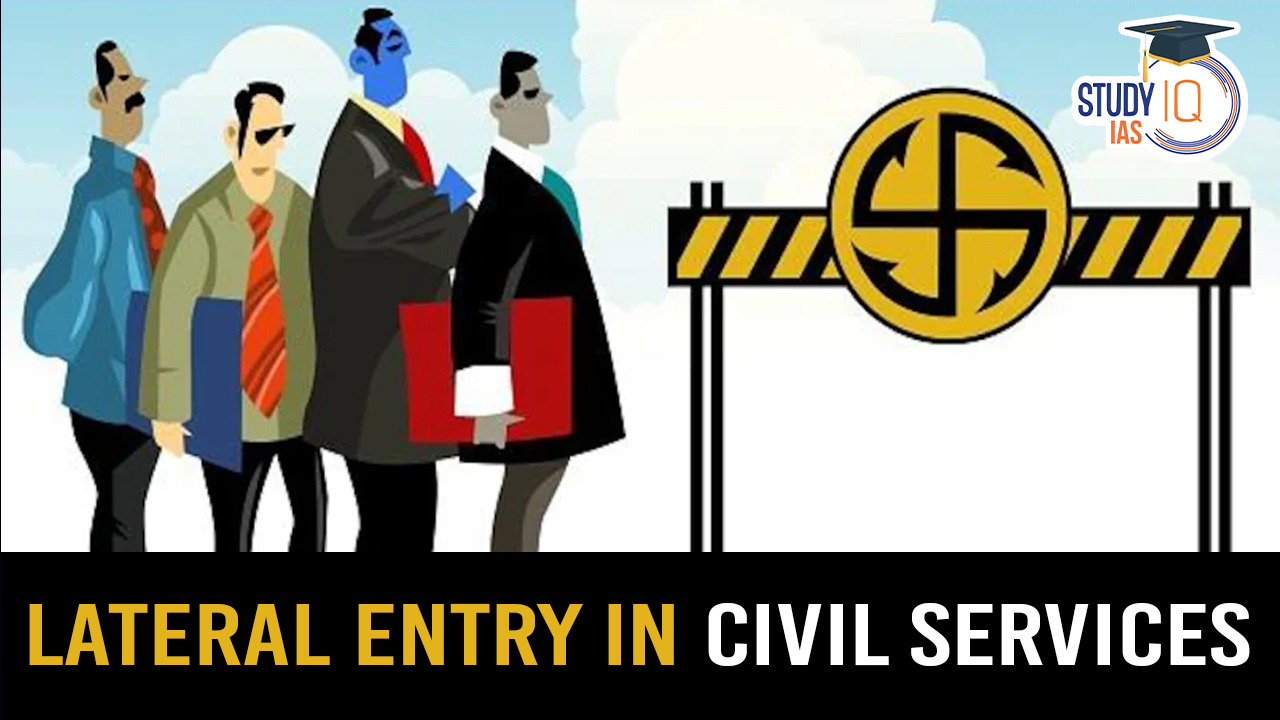

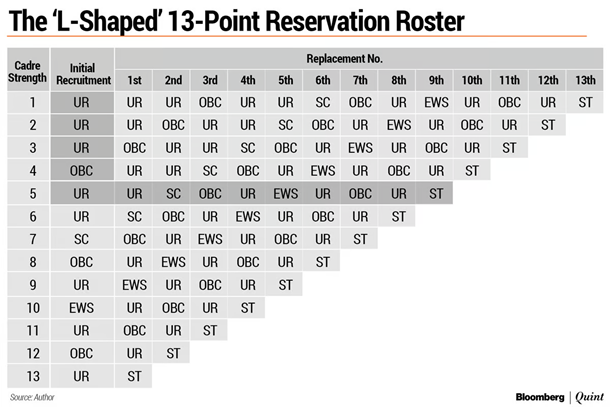
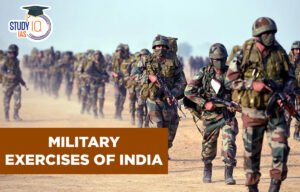 List of Military Exercises of India 2024...
List of Military Exercises of India 2024...
 GPS Spoofing and Its Impact in India: A ...
GPS Spoofing and Its Impact in India: A ...
 Amrit Gyaan Kosh Portal: A Comprehensive...
Amrit Gyaan Kosh Portal: A Comprehensive...


